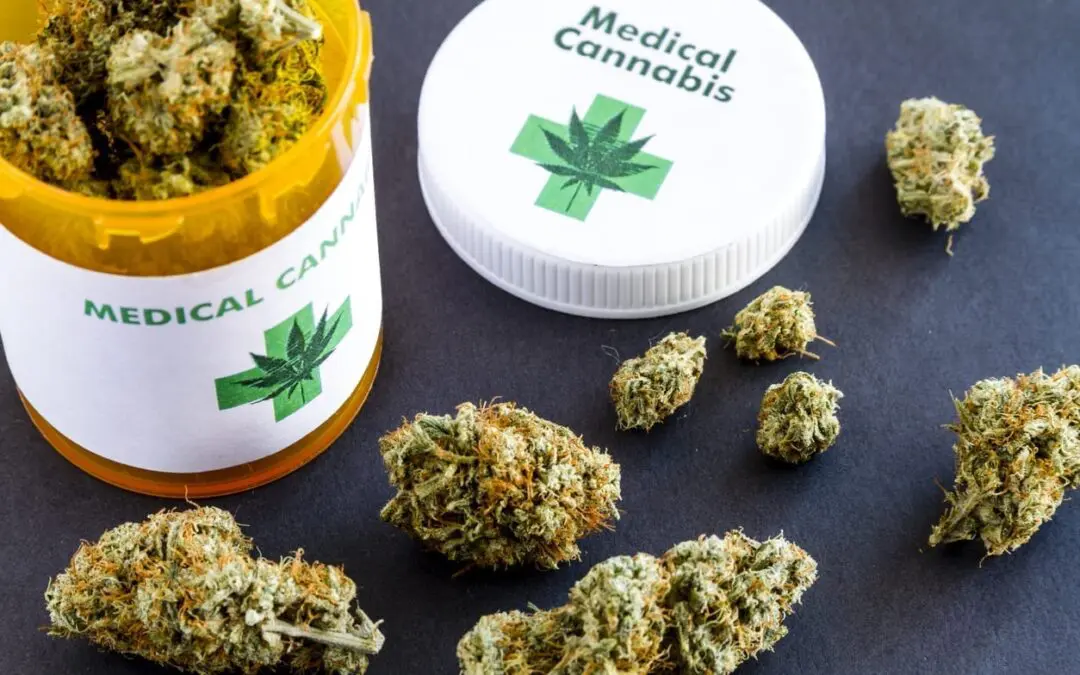Position Statement on the Medical Use of Marijuana
Approved by: LRADAC Board of Directors
Effective date: March 28, 2018
Written by: Lexington/Richland Alcohol and Drug Abuse Council (LRADAC)
Click here to download a PDF version.
Purpose
The purpose of this statement is to articulate LRADAC’s stance against medical marijuana. This position statement speaks only to the use of medical marijuana and not the use of hemp-based cannabidiol (CBD) oil for therapeutic use.
Summary
LRADAC, the designated alcohol and drug abuse authority for Lexington and Richland Counties (South Carolina), does not support the use of marijuana for medical purposes, because it has not been subjected to the same lengthy and rigorous preclinical and clinical investigations as required by and applied to any other potential medicine, given the standards set forth by the U.S. Food and Drug Administration (FDA). Moreover, LRADAC does not support legislative or voter ballot initiatives to legalize marijuana for medical use. This position recognizes that no other medications are legalized and approved through legislative or voter ballot initiatives.
Background
There is an ongoing debate regarding the potential utility and benefits of marijuana for medical purposes in the United States (U.S.). Limited quality research and a lack of expert consensus precludes making evidence-based recommendations for medical use. Despite these findings, many states have held public voter initiatives to approve marijuana for medical use. To date, 29 states, the District of Columbia, Guam and Puerto Rico, have enacted laws to permit marijuana for medical use (1). The FDA and the Drug Enforcement Administration (DEA) classify marijuana as a Schedule I drug, which is defined as a drug with no currently accepted medical use and a high potential for abuse (2). Other drugs classified within this schedule include heroin, lysergic acid diethylamide (LSD), Ecstasy, and bath salts. While marijuana remains a Schedule I drug at the federal level, the U.S. Department of Justice has publically stated that they will not use resources to reverse individual state laws legalizing medical marijuana or to prosecute individuals who act to dispense marijuana according to those state laws (3).
Justification
- The Controlled Substances Act (CSA) of 1970 lists marijuana in Schedule I, which is the most restrictive use category. Marijuana contains the chemical compound tetrahydrocannabinol (THC), which produces psychoactive effects. The DEA, which administers the CSA, continues to support the placement of marijuana as a Schedule I drug and the FDA agrees because marijuana has and continues to meet the three criteria for Schedule I drug classification: has a high potential for abuse, has no currently accepted medical use in treatment, and has a lack of accepted safety for use under medical supervision (2).
- Medical treatment should be evidence-based and determined by professional standards of care. It should not be authorized by ballot initiatives. Marijuana that is dispensed under a state-authorized program is not a specific product with controlled dosages. Consequently, the consumer does not have any direction as to the dosage, frequency, and length of use to achieve medical benefits.
- The FDA is the only federal agency in the U.S. that approves drug products as safe and effective. Of particular interest is the Food, Drug and Cosmetic (FD&C) Act, which states that new drugs must be proven safe and effective before being marketed to the public (4). New drug approval costs are in excess of $1 billion dollars in the U.S. and averages 12 and 7 years, respectively, from pre-clinical testing to approval (5). The combination of cost and time are to ensure that disciplined, systematic and scientific safeguards required of clinical trials are in place to attain trusted and reliable data to support safety and effectiveness of a medication when used as directed.
Recommendation
Marijuana should undergo the same process any other potential medication receives with respect to research, consideration, and study. Efforts to streamline or bypass this process would prove to be more harmful than helpful because the necessary protocols and processes are not employed and, therefore, has the potential to expose consumers to unsafe and ineffective drug products.[vc_separator]References:
- National Conference of Legislators. State Medical Laws. February 15, 2018. Available at http://www.ncsl.org/research/health/state-medical-marijuana-laws.aspx. Accessed February 22, 2018.
- U.S. Department of Justice. Drug Enforcement Program. Drug Scheduling. 2018. Available at: https://www.dea.gov/druginfo/ds.shtml. Accessed February 22, 2018.
- U.S. Department of Justice. Office of the Attorney General. Justice Department Releases Memo on Marijuana Enforcement. January 4, 2018. Available at: https://www.justice.gov/opa/press-release/file/1022196/download. Accessed February 22, 2018.
- U.S. Food and Drug Administration. FD&C Act Chapter V: Drugs and Devices. February 7, 2018. Available at https://www.fda.gov/RegulatoryInformation/LawsEnforcedbyFDA/FederalFoodDrugandCosmeticActFDCAct/FDCActChapterVDrugsandDevices/default.htm. Accessed February 22, 2018.
- Van Norman, GA. Drugs, Devices and the FDA: Part 1: An Overview of Approval Processes for Drugs. JACC: Back to Translational Science. 2017; 1(3):170-179. doi.org/10.1016/j.jacbts.2016.03.002.

